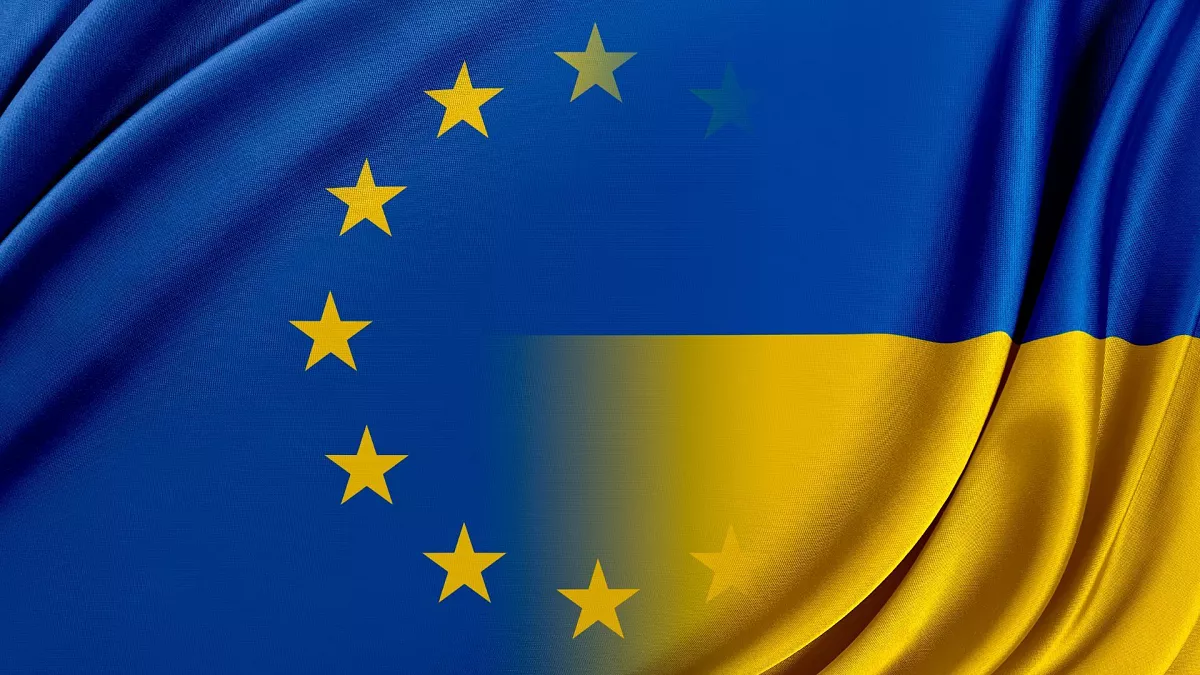The process of Ukraine’s accession to the European Union (EU) symbolizes a significant diplomatic and structural effort within the broader context of political, economic, and security transformations. Below, we outline the key elements and progress in Ukraine’s international relations, emphasizing the challenges it faces on its journey towards EU integration.
International Relations and Trade Collaboration
Ukraine has demonstrated a high degree of preparedness in its international relations, although progress remains constrained. In alignment with the European Commission’s recommendations, Ukraine must continue harmonizing its trade policies with the regulations of the World Trade Organization (WTO) and the Association Agreement (AA) with the EU. This includes ensuring compliance with domestic trade obligations and fair market conditions. Additionally, Ukraine needs to assess the impact of new bilateral trade agreements prior to their ratification and ensure the inclusion of termination clauses that facilitate alignment with EU regulations post-accession.
The Association Agreement between the EU and Ukraine, signed in 2014, represents a cornerstone for economic and political integration. Together with the Deep and Comprehensive Free Trade Area (DCFTA), this agreement aims to modernize trade relations and expand market opportunities, creating conditions for key sectors of Ukraine’s economy to align with EU standards. Despite these advancements, the full implementation of the AA remains contingent on ratification by all EU member states.
Since 2008, Ukraine has been an active member of the WTO, engaging multilaterally, including in disputes against other members such as Hungary, Poland, and Slovakia. Moreover, Ukraine continues to leverage tariff preference systems in various countries, facilitating the entry of its goods into critical markets. Nevertheless, further collaboration with the EU in international negotiations is essential to ensure the coherence of its commitments with European regulations.

NATO Integration and Euro-Atlantic Security
As a NATO partner, Ukraine has intensified efforts to align its armed forces and security sectors with Alliance standards. This includes significant reforms in its Annual National Programs under NATO-Ukraine Commission oversight. Among its key objectives are achieving a Membership Action Plan and enhancing political and parliamentary dialogue on Euro-Atlantic integration.
Ukraine actively participates in NATO-led missions, such as the Alliance Response Force and operations in Kosovo, Afghanistan, and Iraq, showcasing its dedication to collective security. Additionally, it has established collaborative working groups with NATO in areas such as military reform, technical cooperation, and civil emergency planning. These initiatives strengthen Ukraine’s position as a reliable regional security partner.
Bilateral Relations and Global Agreements
On a bilateral level, Ukraine maintains investment agreements with 66 nations, including 21 EU member states, and preferential trade agreements with 17 partners, some of which are yet to come into effect. These agreements demonstrate its proactive approach to diversifying economic ties and enhancing its appeal as an investment destination. However, it is advisable that these agreements incorporate expiration clauses linked to its future EU membership.
In the domain of dual-use goods (technologies with civilian and military applications), Ukraine has established a robust legal framework in line with European standards. Its participation in entities such as the Wassenaar Arrangement and the Australia Group reinforces its status as a reliable partner in strategic export controls.
Multilateral Challenges and Global Cooperation
In its engagement with multilateral organizations, Ukraine faces specific challenges, such as the non-ratification of the Rome Statute of the International Criminal Court, despite recognizing its jurisdiction to investigate crimes committed on its territory. This reflects a pragmatic perspective that combines selective commitments with its integration strategy.
Ukraine has also initiated policies in humanitarian aid and development cooperation, focusing on global food security, although it still needs to fully align with the EU framework in this area.
Ukraine’s journey towards EU membership is marked by notable progress in modernizing its political and economic structures, alongside significant challenges. Integration with the EU and NATO requires a careful balance between fulfilling international obligations, strengthening internal reforms, and managing bilateral and multilateral relations. This process not only consolidates Ukraine’s role as a pivotal actor in the region but also reinforces the foundations of cooperation, stability, and growth in Europe.

Written by: Juan Ignacio Lorente

